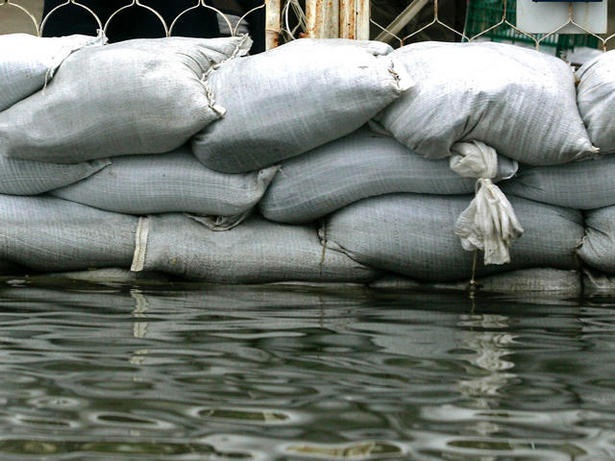It seemed like just a few days ago we were still wearing shorts and flip flops while watching our bone dry yards hang on for cooler, wetter weather ahead.
Suddenly we have freeway offramps and neighborhoods flooding due to rainstorms. Is this San Diego or the Pacific Northwest?
Weather forecasters tell us an El Niño winter is ahead, and based on this week’s weather you can call me a believer. It seems like the temporary answer to our drought problems and your long-suffering landscape plants. But an overabundance of water can create its own set of problems. Some of them can turn out to be destructive and very expensive to fix if you don’t take measures now to prepare.
First things first: turn off your sprinkler system! You probably aren’t going to need it until spring. You can always turn it back on later if the forecasts turn out to be wrong. Please note: this does not apply to living walls. You must continue to irrigate a living wall as rain will not do the job.
Check all your rain gutters and spouts, and be sure they are free of any leaves, dirt, or other debris blocking them. It’s also a good time to check them for any cracks or loose brackets. If you plan to collect rainwater, don’t do it until you let a good amount of rain wash through and give your gutters a nice thorough rinsing to wash out accumulated pollution.
The other part of the water management equation: Check all of your yard drains. Make sure they are free of debris and running properly.

A yard full of hard surfaces cannot absorb excess water. Be sure water and any runoff including soil or debris is diverted properly. Photo: ReadySanDiego.org
If you got rid of any lawn this year, more water may run off that used to be soaked up by your lawn, so drainage needs to be in tiptop shape. It may have changed the grading on your property. Also, once the ground has dried out, it has become compacted and San Diego soil doesn’t drain well to begin with. It won’t soak up water for several rain cycles. Consider loosening it up, tilling it and adding compost or mulch.
Investing now in a checkup by an irrigation and drainage professional could pay off by preventing problems later.
Once you’ve done all these things, you can bring in a few rain barrels. They are an easy and fairly inexpensive way to capture water coming off your roof and saving it from going down the drain. You’ll need to figure out how to direct any overflow away from your house. Get more information about rainwater harvesting here on our website.
If after doing all of the above you have erosion, ponding or other storm water damage and these measures don’t work, you are going to need something to help you divert water away from your property and your house. Sandbags are an obvious line of defense, but you can also consider getting some straw wattles. They are also called straw worms, bio-logs, or straw noodles. What are they? Straw wattles are long hose-like tubes made up of compressed wheat or rice straw. They are wrapped in jute, nylon, or photo-biodegradable materials. They are about eight to 12 inches in diameter and they weigh 30 to 40 pounds.
Straw wattles are installed in a shallow trench and they block and intercept water running down any slope, whether it’s the grading in your yard or a steeper slope like a canyon or above a retaining wall. They are held in place using wooden stakes. Straw wattles work well on slopes up to 70 percent. You have probably seen them installed in areas burned by wildfires.
You may be able to install straw wattles yourself if you’re willing to do the work and you are handy. Otherwise, get advice from a skilled landscaper, or ask questions at your favorite home supply store.
It’s also a good idea to talk with your neighbors. Similar to fire prevention, observation of the existing conditions – terrain and foliage – is critical and you all need to work together to be most effective. One neighbor’s property might drain onto yours, or yours down to another. You could be working against each other and make the effects of El Niño weather a lot worse.
Finally, remember to eliminate any standing water before mosquito season starts to prevent the spread of mosquito-borne illness like West Nile Virus.
There is plenty of information about all aspects of preparing for El Nino on the ReadySanDiego.org website. Check it out before it’s too late.
One issue I didn’t address here is protecting your trees. Trees deserve a blog post of their own, and we will have it for you later this month.


